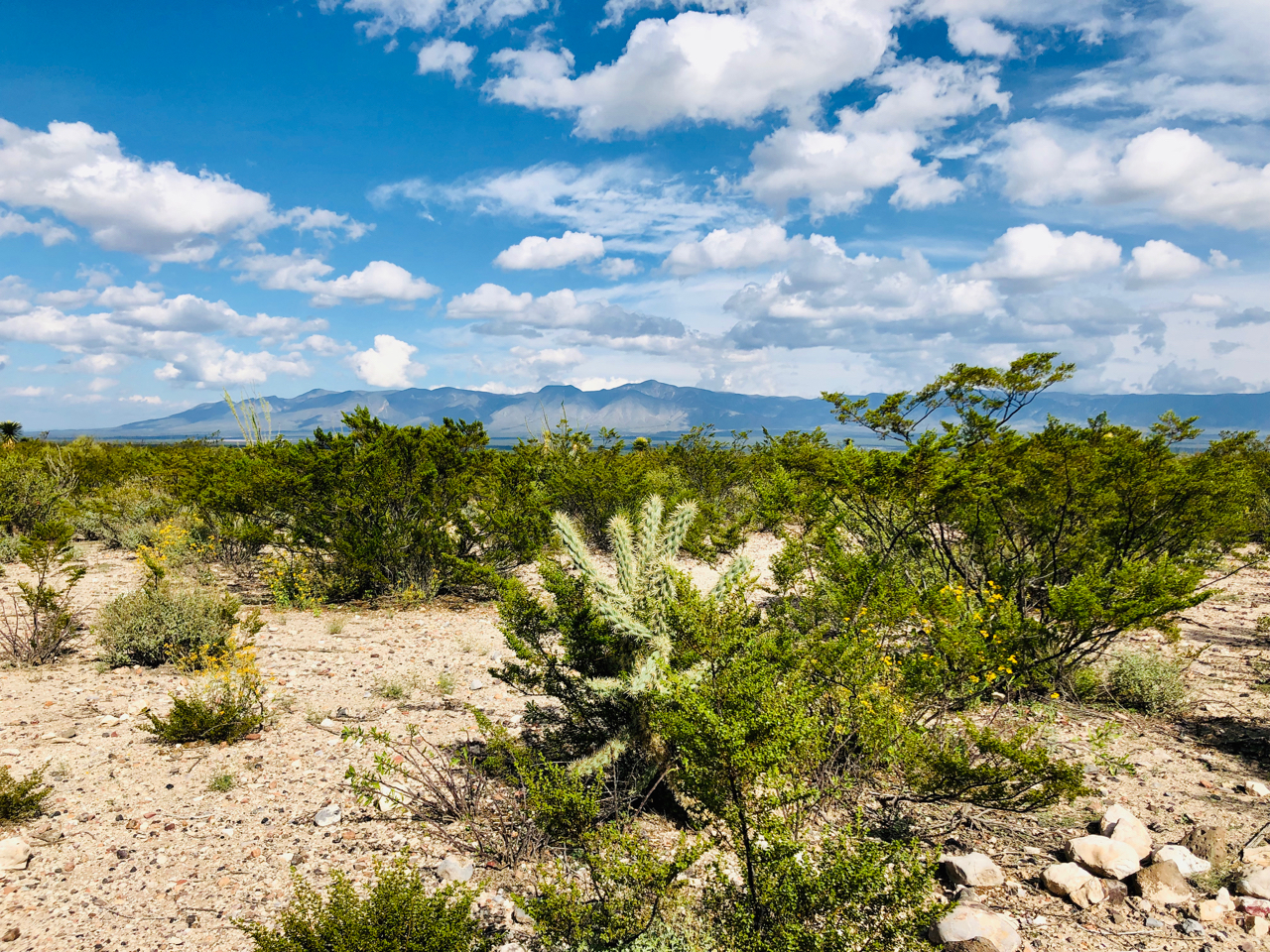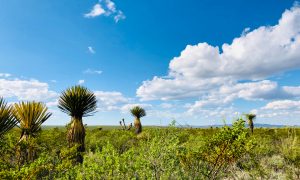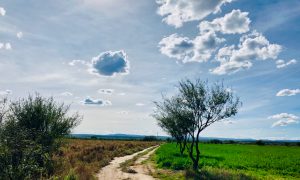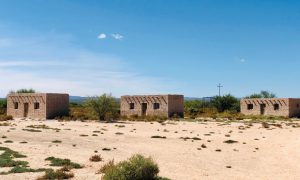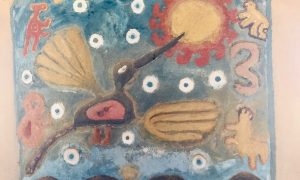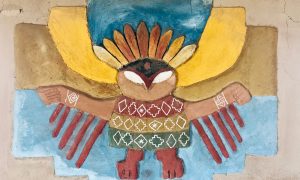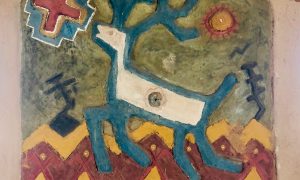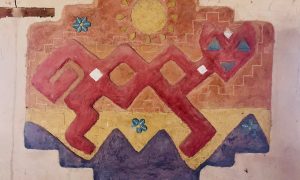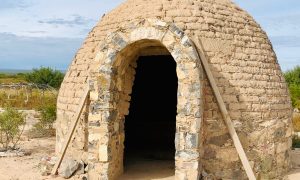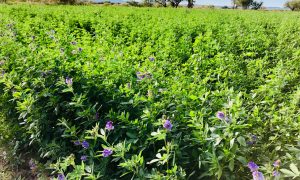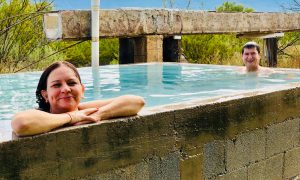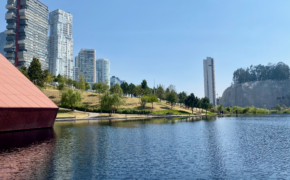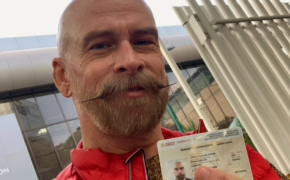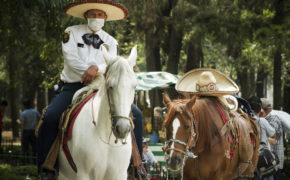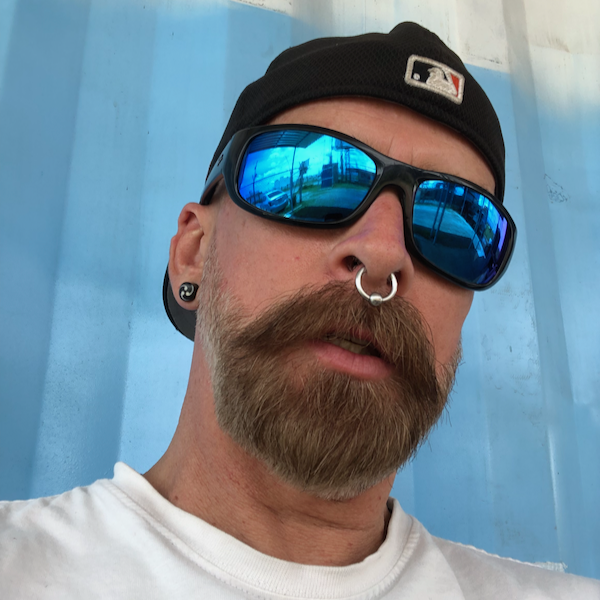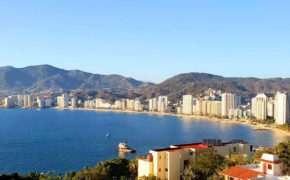A desert weekend retreat near Estación Wadley
After getting settled in Querétaro, I finally had time to start reconnecting with some of the friends I met before my move to Mexico. I had met Leo and Ximena at a retreat in Zipolite, Oaxaca a few years earlier, and we had stayed in touch since. They invited me to go with them for a desert retreat the weekend of Día de los Muertos. Our destination was about a 5 hour drive north of Querétaro in the desert of San Luís Potosí on the far side of Real de Catorce near a small town called Estación Wadley. This area is known for two things: gold and silver mines, and peyote, a cactus used by native cultures here for thousands of years for ceremonial purposes. It’s an interesting part of the ecosystem in this particular desert, but you’ll see signs along the highways warning against harvesting it, so just keep moving along!
- The desert of San Luís Potosí
- The nameless road to nowhere in particular
- Our camping site near El Refugio de Coronados
- A sweat lodge ceremonial space
On our first day, after the long drive from Querétaro, we spent the afternoon hiking in the desert, visiting the town of Wadley, and finding a place to stay for the first night. We ended up in a family-owned bed and breakfast near the center of Wadley. It was a simply-appointed, decent-sized room with 2 beds, a private bath, television, and internet. We arrived after dark, and after eating some food we brought with us from town, we settled down for the night. In the morning, we went into town for breakfast at a local family-owned restaurant before wandering off on a dirt road out in the desert, seemingly headed nowhere. Imagine my surprise when we came to the gate of a native community somewhere in the desert between Estación Wadley and the Tamaulipas state line. After entering, we approached an adobe comedor (dining room) at the center of the site where a large group traveling in a bus and several other people were gathered. The dining room was simply appointed with tables and chairs, and native art along the walls between windows. It was too crowded inside, so we ordered from a window outside and sat at a nearby table. Our meal was a vegetarian mix of maize, beans, and squash served with rice, tortillas, and agua fresca.
The entire site was dry and dusty. It was a mystery how the community was able to survive here in such a desolate space. Soon we were approached by a resident named Miguel, who answered some of Leo’s questions and told us about the place. The Pame people have been living here for thousands of years, and the people in this settlement are supported by a single well that is 1000 meters deep, without which they could not survive. The well provides clean water for drinking, cooking, bathing, swimming, and watering crops. Their main crops are maize, beans, and squash for the people and alfalfa for their farm animals. We noticed several small buildings in the distance, so we asked what their purpose was. Miguel pointed out several different structures, including permanent structures for temazcals (the Mesoamerican sweat lodge) and traditional sweat lodge wood frames without their animal skin coverings. It was the first time I’d seen sweat lodge structures in Mexico, though I had participated in Maya and Zapatec temazcal ceremonies in the past. Other structures included cabañas, bathrooms, the well and its pump system, and a large swimming pool which was empty.

Water-color sunset over the desert of San Luís Potosí
We decided to take a look at the cabañas and decided to settle in here for the night to come. The place was interesting, the people were friendly, and we didn’t have an actual destination anyway. We watched as the bus group moved from the dining room toward the well area, where they enjoyed swimming and bathing. Unfortunately, they lingered until well after dark, so we were unable to use the facilities until the following morning. We collected whatever random pieces of wood we could find to set up a camp fire for cooking and nighttime heat, and settled in. We were on the edge of the settlement next to agricultural fields full of blooming alfalfa. The corn harvest had already taken place. A dirt road led out into the agricultural fields in one direction, but we noticed other campers heading out into the desert in another direction. We later found out there’s a small town called Las Margaritas nearby, though when we went to check it out, there didn’t seem to be any reason to go there. All the same, we enjoyed a long afternoon walk in the desert passing down nameless dirt roads in the middle of nowhere. There’s something about being out in the desert that puts things in perspective.
- A temascal large enough for 20!
- Alfalfa to feed the animals
- Communal bath in the well water
We enjoyed our night camping in the desert. After enjoying a spectacular watercolor sunset, we were treated to an evening under the stars. It gets a little cold in the desert at the start of November, but we had everything we needed with our campfire and cabaña. Sunrise came around bright and early. After packing the car for the ride back to Querétaro, Miguel stared the well pump to fill the communal bath with water. Water is a precious resource here, so the bath drains into irrigation channels to bring water to the crops. We really enjoyed cleaning up after being out in the desert for a few days! After our bath, we headed back to Wadley for breakfast before hitting the road for the long drive home.
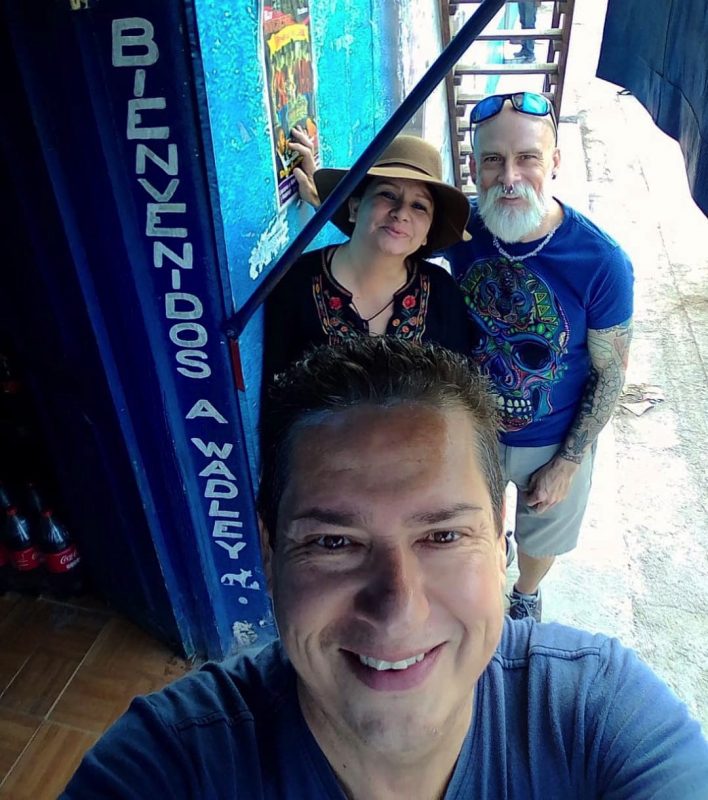
Gracias Leo y Ximena por un finde inolvidable!
I have been so fortunate to make such good friends in Mexico, which allows me to have such unique experiences. The place we stayed is literally not on the map, so good luck finding it. I’m so grateful to my friends Leo and Ximena for taking me with them for this weekend retreat in the desert of San Luís Potosí!
